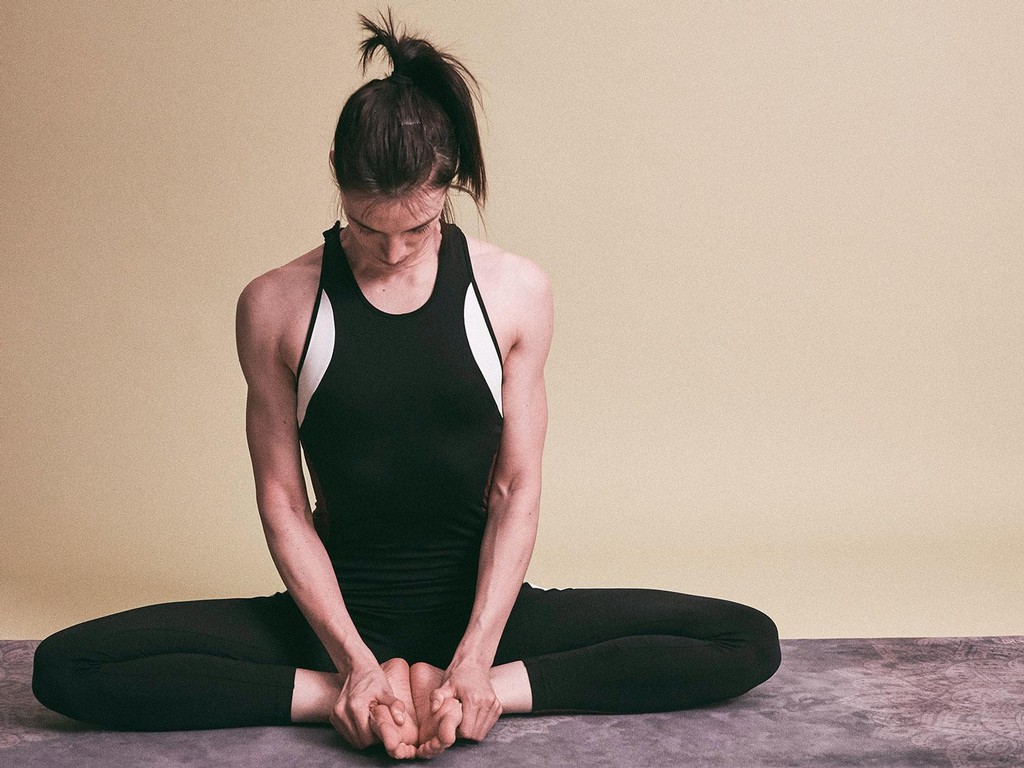My great curiosity for the connection between mind and body led me to become passionate about Yoga and to study and deepen this discipline, in particular Ashtanga Yoga.
In my path I have also deepened the use of yoga during pregnancy.
Currently, I teach this discipline in Aosta, with the possibility of individual lessons and at home.
What is Ashtanga Yoga
Ashtanga yoga is a very dynamic traditional yoga style transmitted to the modern world by Sri K. Pattabhi Jois, formed at the Ashtanga Yoga Institute in Mysore, southern India. Pattabhi Jois was a student of Krishnamacharya, an important teacher who taught a dynamic and vigorous form of yoga. Equally dynamic and vigorous is the Ashtanga style that Pattabhi Jois drew from it.
Currently, one of the most important teacher in the world is his son Manju Jois, who continues the teaching of this practice according to the tradition handed down by his father.
This method of yoga involves the synchronization of the breath with a progressive series of postures, a process that produces intense internal heat that purifies and detoxifies muscles and organs. The result is better circulation, a light and strong body and a calm mind. In addition to physical practice, are fundamental parts of the practice breathing exercises called pranayama and the act of chanting, strongly correlated with the breath, which produces a calming effect.
Ashtanga Yoga is also known as "Yoga Chikitsa" which means yoga therapy (cikitsa = medical care, therapy in Sanskrit). It is considered a real therapy that helps to balance the body and the mind.
Ashtanga yoga literally means "the path of 8 limbs", as pointed out by the sage Patanjali in the Yoga Sutras. According to Patanjali, the path of internal purification for revealing the Universal Self consists of the following eight spiritual practices:
- Yama: moral codes
- Niyama: self-purification and study
- Asana: posture
- Pranayama: breath control
- Pratyahara: sense control
- Dharana: concentration
- Dhyana: meditation
- Samadhi: absorption into the Universal

